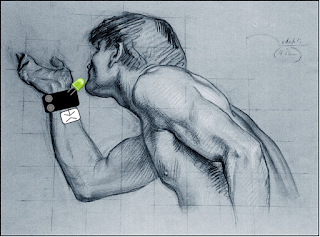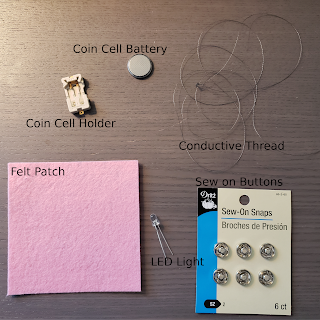Wearable Polygraph

Today I am going to outline the plan for an upcoming project. Concept: By measuring numerous sources of information on the human body I intend to evaluate the information that is made available involuntarily when someone speaks. By using running averages, statistical modeling, or a neural network along I will try to go beyond current work in Human Activity Recognition to detect variations from "Normal" responses. This task is my attempt to make a general purpose wearable polygraph machine . In this post I will demonstrate a more full explanation of the concept, outline the technical requirements that this will involve, give some background on expected audience and environment, and finally go over the materials that I plan to use to successfully implement this idea. Requirements: To accomplish the goal of this project I will need to monitor a multitude of body sensor data in real time: Breathing rate Pulse (heart rate) Muscle Activation (involuntary nervous...

